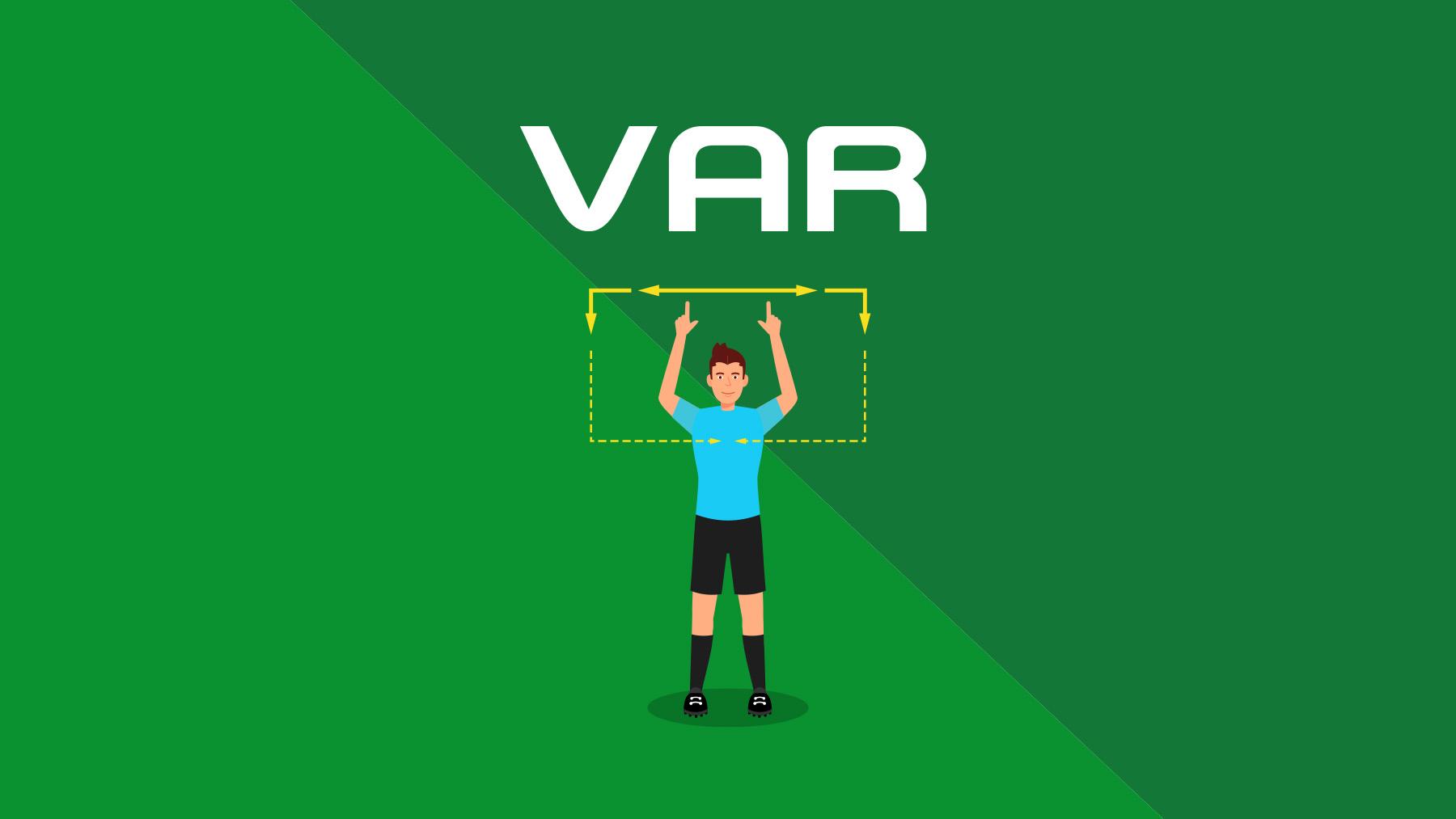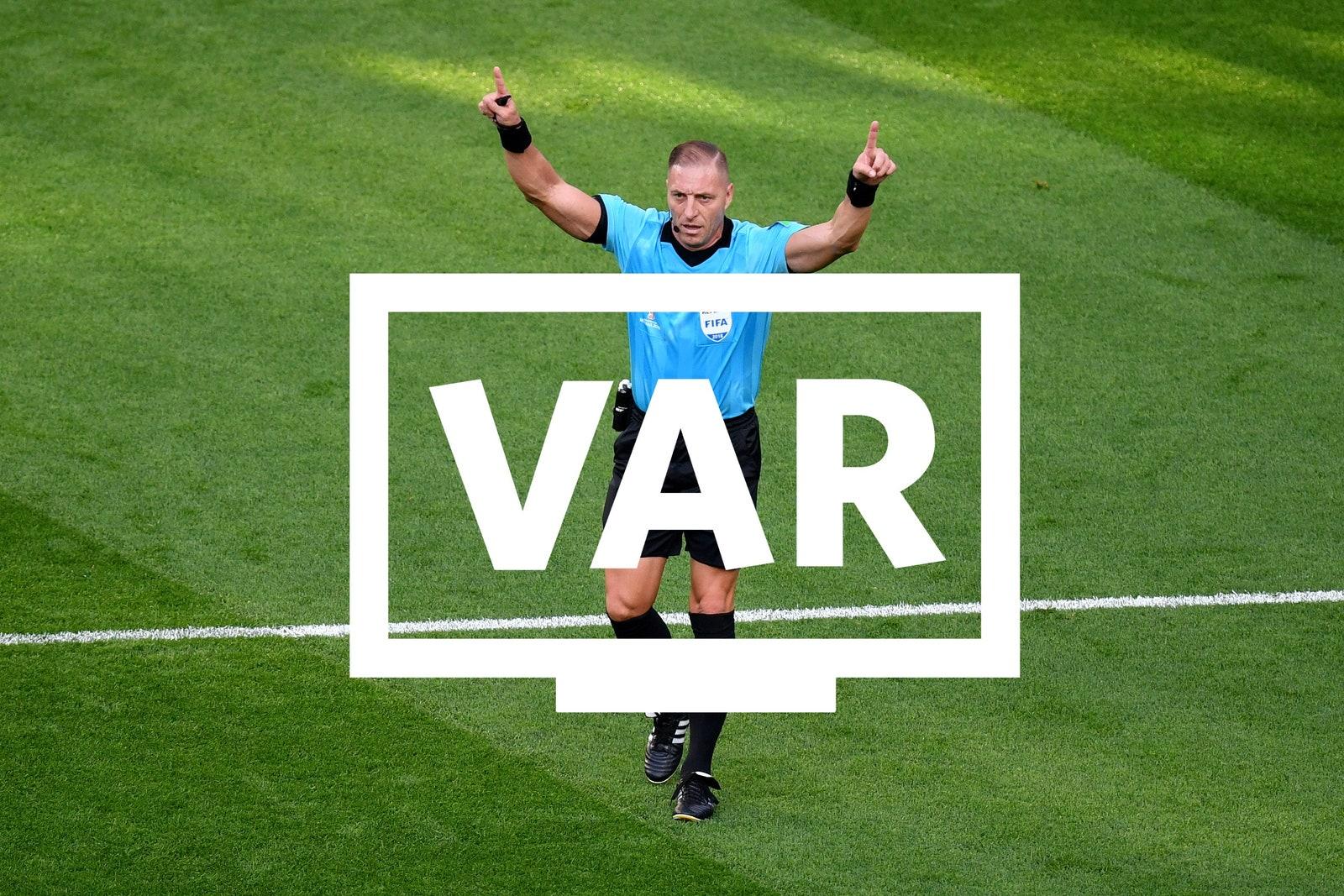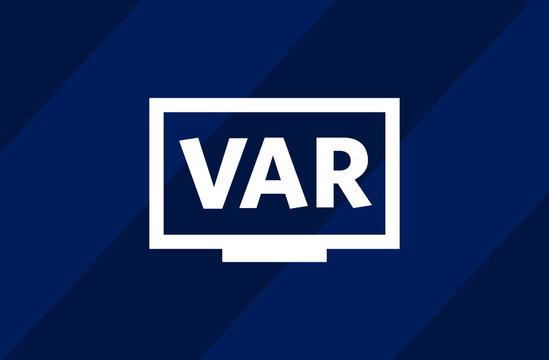How VAR Transformed Game Integrity in Football
Video Assistant Referee (VAR) has redefined what it means to ensure fair play on the football pitch. With the ability to review match-defining moments, referees now have an additional layer of support that goes beyond their real-time decisions. Significantly, it has reduced contentious calls that could sway the outcome of matches. However, its greatest virtue lies in the attention to detail: from reviewing goals to assessing offsides and questionable red-card offenses. Fans and players alike are witnessing fewer officiating errors, which has strengthened the trust in the game’s fairness.
- Greater consistency in decision-making.
- Reduction of ‘ghost goals’ and improper dismissals.
- More accurate offside calls with millimeter precision.
- Enhanced protection against simulation and foul play.
Despite initial skepticism, the impact of VAR on game integrity is undeniable. Issues that previously sparked intense controversy such as wrongly-awarded penalties or handballs are now more thoroughly examined, narrowing the window for error. The result has been a considerable decline in refereeing controversies that marred the sport in the past, effectively setting a new benchmark for transparency in football officiating.

Balancing Accuracy with Flow: The Key Challenges of VAR Implementation
One of the most delicate aspects of introducing VAR into football is finding a balance between precision and game fluidity. Fans and players alike appreciate the technology’s ability to correct incorrect calls, yet the time it sometimes takes for reviews can frustrate those seeking uninterrupted play. The flow of football, which traditionally gives way to a fast-paced and dynamic experience, can face disruption when referees spend minutes reviewing marginal offside decisions or inconclusive penalty claims. The real-time nature of the sport clashes with the inevitable delays, leading to mounting concerns about whether the system, for all its benefits, is taking away some of the excitement and spontaneity that define the game.
Implementing VAR comes with several challenges, including:
- Standardizing decisions: Ensuring consistency across different leagues and competitions remains a critical hurdle.
- Defining ”clear and obvious” errors: What qualifies for intervention often varies depending on the referee’s interpretation.
- Technical limitations: Camera angles aren’t always sufficient to capture every crucial moment with total clarity.

Fan Perceptions and the Growing Pains of VAR Adoption
The introduction of the Video Assistant Referee (VAR) into football has sparked a range of fan reactions that often reflect the complexities of blending technology with tradition. While some hail VAR as the savior of accuracy, others criticize its impact on the fluidity and rhythm of the game. For many, football culture has always included the fallibilities of human referees, with debates over contentious decisions being part of post-match discussions. Now, with decisions subject to scrupulous digital review, fans feel a growing disconnect between old-school spontaneity and this new data-driven decisiveness.
- Time delays caused by lengthy reviews have led some fans to argue that VAR “kills the moment” breaking up celebrations and souring the emotional peaks of matches.
- Despite its aim for fairness, critics accuse VAR of inconsistency, revealing that even video footage can be overridden by subjective interpretation.
- Fan frustration also stems from lack of transparency, as in-stadium supporters often have minimal insight into what decisions are being reviewed.
Balancing these technological growing pains with traditional football culture remains an ongoing challenge for the sport, raising questions about whether the game will permanently change to accommodate VAR or if adjustments to its implementation are necessary.

Refinement Needed: Enhancing VAR Protocols for a Fairer Game
The introduction of Video Assistant Referee (VAR) in football was undoubtedly a step forward in addressing human error, but numerous instances have shown that further refinement is needed for the system to align more closely with football’s aspirational standards of fairness. Controversial calls, prolonged stoppages, and inconsistent decisions have at times overshadowed its intended role of making the game just. One glaring issue revolves around the subjective interpretation of certain incidents like handballs or marginal offside decisions. Small adjustments ranging from clearer written guidelines to better technology integration are essential. Refining these grey areas could dramatically reduce the frustrations of players, coaches, and supporters alike.
To enhance VAR protocols, several key areas should be addressed:
- Real-time Transparency: Access to conversations between VAR officials and on-field referees could provide greater clarity for those watching the game.
- Time Management: Limiting the amount of time taken for reviews, or setting clearer review timeframes, would help maintain the game’s natural rhythm.
- Clearer Regulations: More stringent and universally understood guidelines could reduce the scope for differing interpretations by various officiating teams.
Ultimately, the objective must be to reduce human error without compromising the fluidity and passion that make football the global spectacle it is.
VAR has undeniably ushered in a new era for football, where technology and tradition continuously seek balance. While its implementation has sparked debate, the system represents a step towards refinement and fairness in the sport. As football continues to evolve, VAR could become an essential tool in ensuring transparency and minimizing human error, though its impact will remain under scrutiny. Ultimately, whether welcomed or resisted, VAR reflects football’s broader journey into the future, where innovation meets the age-old desire for fair play. Only time will tell how history will judge this experiment, but for now, football has entered a new chapter a game where even the finest of margins are brought into the spotlight, ensuring that each decision, when possible, is as just as the beautiful game deserves.